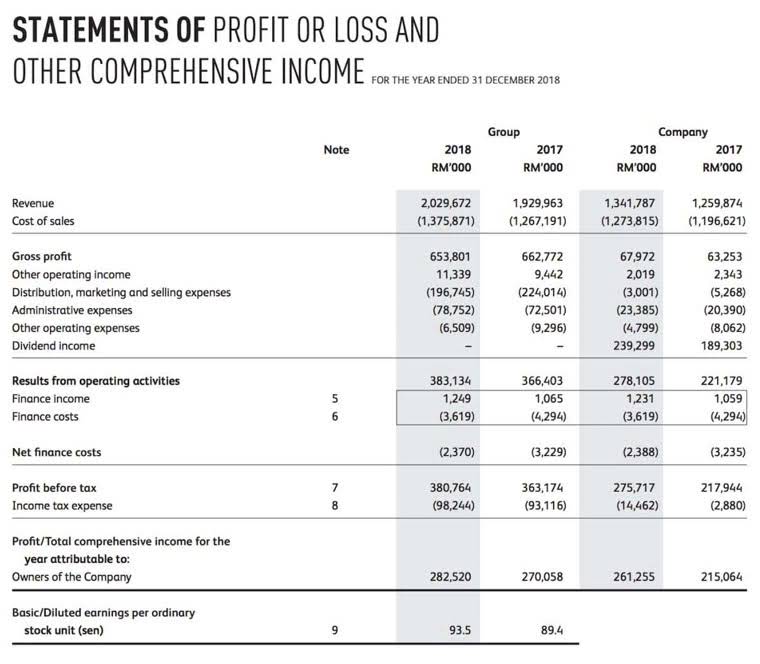
Nonprofit financial statements promote transparency and accountability by providing a detailed breakdown of the organization’s financial activities. This allows stakeholders to see how their donations are being used and hold the organization accountable for its financial decisions. Audited financial statements are crucial for virtual accountant ensuring financial transparency and accountability.

Prepare the Statement of Functional Expenses
With this responsibility comes the necessity for financial transparency and accountability. A window into how each function of your nonprofit generates expenses will help you budget accordingly. You’ll also be able to demonstrate compliance with nonprofit accounting regulatory requirements.
Detail the Statement of Functional Expenses
- Nonprofits in the United States are generally required to file an annual information return, known as Form 990, with the IRS.
- The requirement may depend on the size of the organization, funding sources, and regulatory requirements.
- Distinguishing between program, administrative, and fundraising expenses paints a full picture of where donated funds are applied.
- But nonprofit revenue can have unique complexities and restrictions compared to for-profit businesses.
- It ensures that nonprofit financial statements are presented transparently and consistently.
- To verify that an organization is recognized as a 501(c)(3) tax-exempt organization by the IRS, visit the search tool for the IRS’s database, which contains a list of tax exempt organizations.
Loans and notes payable, through banks or individuals, are also listed in the liability section of the Statement of Financial Position. If your nonprofit has a solid accounting system in place, you likely collect a lot of financial data. However, this data is only useful in helping your organization improve its operations if you can retained earnings effectively analyze it and draw applicable conclusions. Providing financial training for staff and board members can increase their understanding of key metrics and improve their ability to interpret financial reports.
- We are now ready to present examples of the statement of financial position and the statement of activities.
- When donating to international organizations, funders must perform an equivalency determination on the status of the organization to see if it holds its country’s equivalent of 501(c)(3) status.
- Note on Accounting PoliciesDescription about the nonprofit’s accounting policies.2.
- The primary goal of an audit is to provide an objective evaluation of an organization’s financial health, offering assurance to stakeholders that the financial information is reliable and trustworthy.
- Plus, financial statements ensure that the nonprofit follows the rules (like GAAP, which are the accounting standards).
- Even though you don’t have to pay federal taxes, almost all nonprofit organizations (the few exceptions are listed here) must file an IRS Form 990 each year.
- The Statement of Activities measures the impact of the company’s revenues and expenses and gives users the total change in net assets.
Good Practices for Financial Reporting

It provides a snapshot of your organization’s financial health, meaning it plays an especially important role in nonprofit financial audits. Effective financial management is crucial for nonprofits to ensure compliance, build donor trust, and make strategic decisions. By accurately preparing key financial statements, tracking essential metrics, and following best practices in reporting, nonprofits can demonstrate financial responsibility and strengthen their mission impact. Nonprofit financial statements are an essential tool for understanding the financial health of an organization.

Positive cash flow in financing activities may indicate new funds from loans or donations targeted at specific projects, while negative cash flow often represents debt repayment or distributions. This section helps assess the organization’s financing strategy and its reliance on external funding sources to meet its needs. A healthy balance sheet will display positive net assets, which signals financial stability and the organization’s capacity to sustain ongoing operations. By comparing assets and liabilities over time, stakeholders can identify trends in financial growth or challenges, providing insight into the organization’s financial trajectory and resilience.

- The financing activities section of the SCF reports the amounts received from borrowings and also any repayments.
- Tickmark, Inc. and its affiliates do not provide legal, tax or accounting advice.
- We will also discuss the components of a valuable, informative financial statement for nonprofits and how to interpret and utilize the information found in nonprofit statements.
- But it won’t show you what happened to the cash you spent, which is generally what board members want to know.
One frequent challenge in nonprofit financial statements for nonprofits financial reporting is misclassifying revenue and expenses. Nonprofits often receive funds with specific restrictions or for particular programs, which must be recorded accurately to reflect donor intentions. Misclassifying these funds can lead to inaccurate financial statements and potential issues with compliance. The balance sheet presents an organization’s financial position at a specific point in time, usually the end of the fiscal year.
